We want to start by saying that no matter what, Wilfrid’s Café will always remain in the Church Annexe at Droxford, at the heart of the community. Every trustee is committed to that mission.
The Friends of Droxford Church (FODC) guides its decisions by four principles: legal, moral, ethical, and high standards of governance.
From these flows a clear responsibility: FODC has a legal, moral, and ethical duty to uphold the licences governing use of the church building, and to ensure that funds generated within it support three purposes: Community, Heritage, and the Church Building.
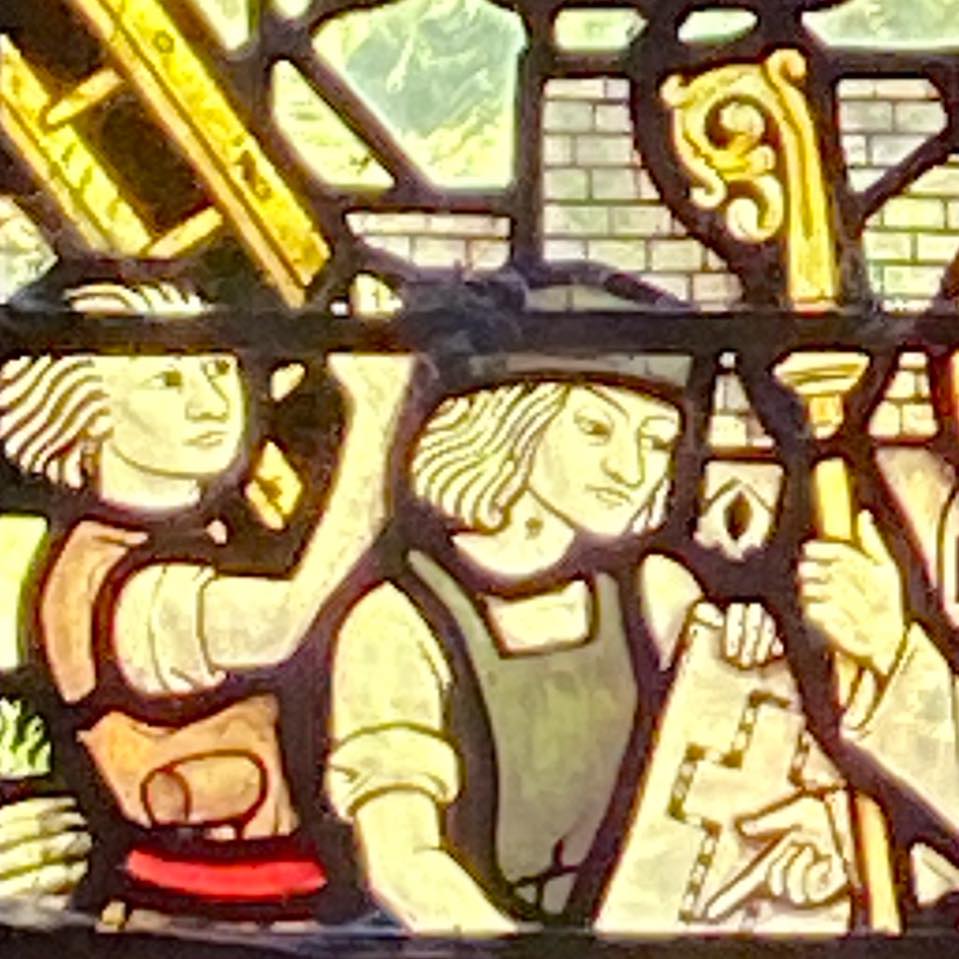
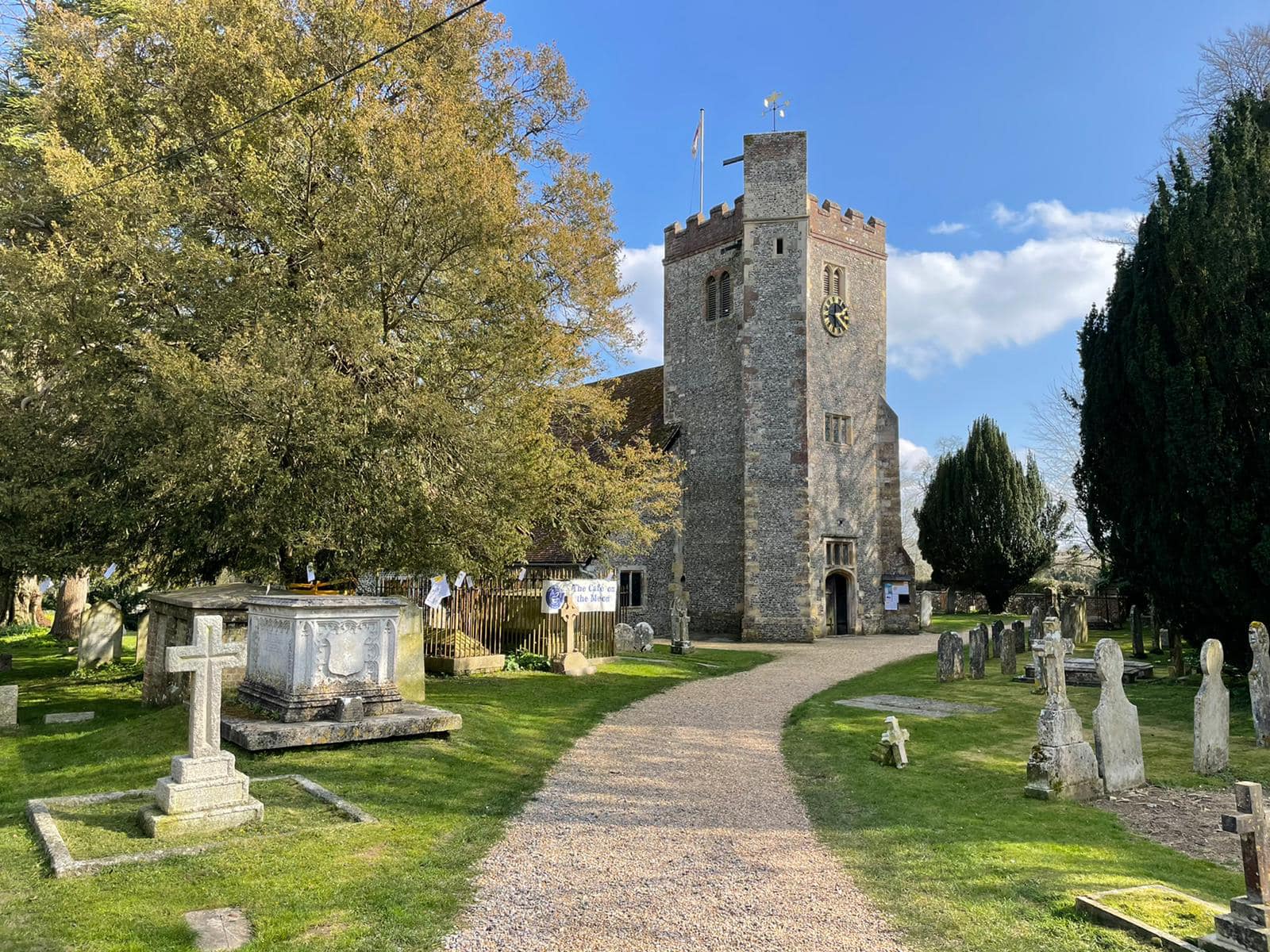
It is important to clarify a distinction often misunderstood in discussion. When people refer to “the Church,” they may mean the Church of England (CoE) as a whole. But FODC’s responsibility is not to the wider CoE; it is specifically to the building of St Mary & All Saints Church, Droxford.
This building still requires ongoing repair and maintenance and enhancement on its journey to being a mixed use community resource. Its last major renovation, saving the tower from collapse and constructing the annexe, was possible only because FODC secured over £650,000 in external funding. That funding was awarded on the basis of a mixed-use model: worship alongside adaptive reuse for community benefit.
Donors and funders were guaranteed that their contributions would remain in Droxford, protecting the building and ensuring self-sufficiency. To abandon this framework would be to fail in our legal, moral, and ethical duties to donors, investors, regulators, and the community.
The organisations operating within the church building were deliberately structured according to their specialities:
When FODC created Wilfrid’s Café in 2016, it set up the licences to reflect these roles. The PCC asked for no rent; FODC held the licence; and DCH (the agency created by FODC and others in 2019), as a CIC, ran the café. At the time, it was envisaged that DCH would act as an extension of FODC:
There would also be shared board representation. Over time, this arrangement ended, leaving only FODC and the PCC with formal representatives on each other’s boards.
This left one final safeguard: the “backstop”, enshrined in Clause 7 of the DCH–FODC sub-licence. Clause 7 stipulates that DCH should account to FODC at the year end with an assessment of the trading surplus (i.e. profit) and DCH and FODC agree the recipients for grants. It also states that DCH transfers the trading surplus to FODC and FODC pays it. FODC needs to be responsible to the PCC for DCH’s actions. Hence, paying the grant recipients provides the best certainty to discharge that responsibility.
This process gives accountability to the grant monies and ensures both organisations cooperate and has worked successfully for five years. It ensures that money generated in the church building has a legal, moral, and ethical route to support Community, Heritage, and the Church Building.
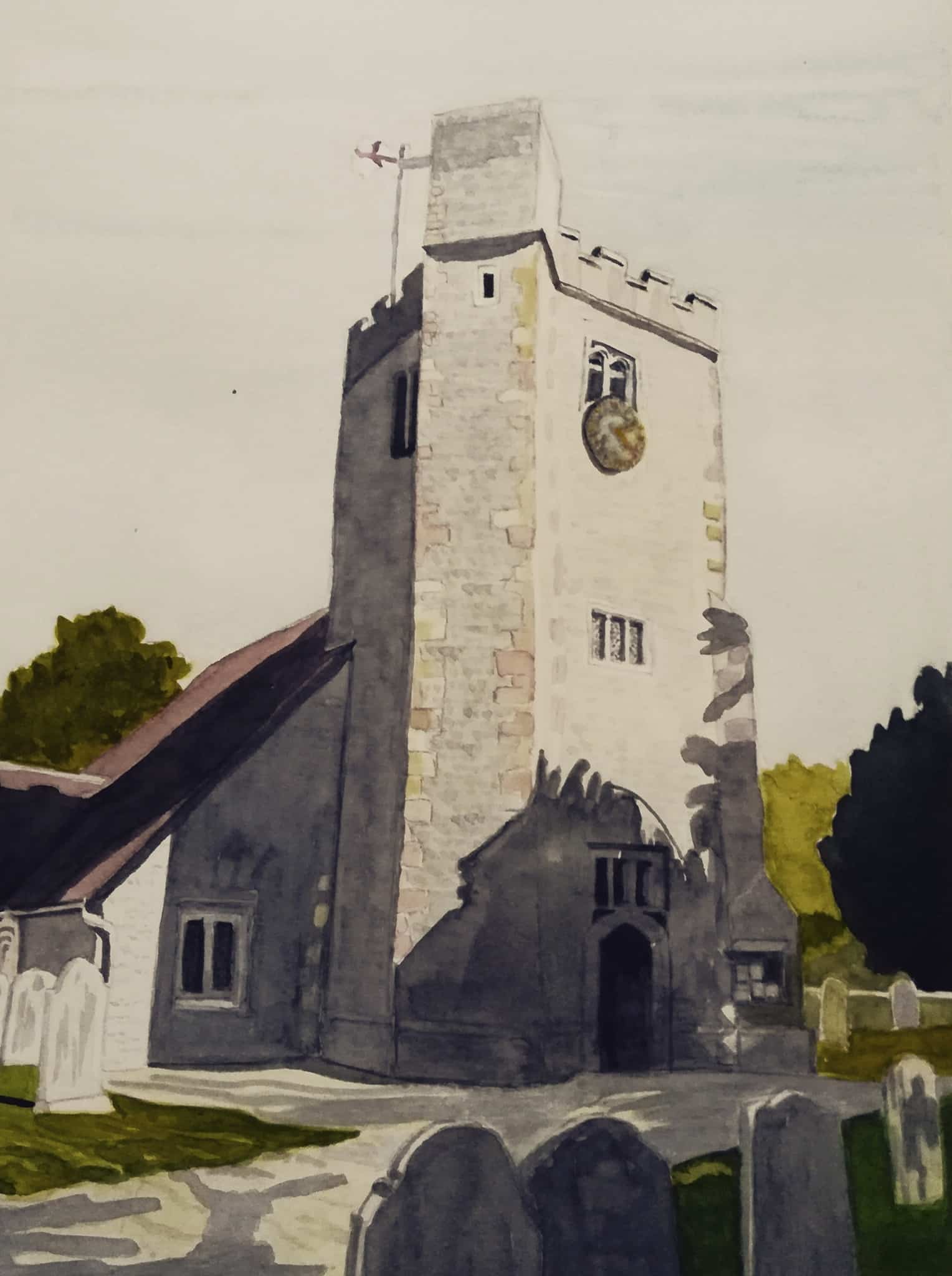
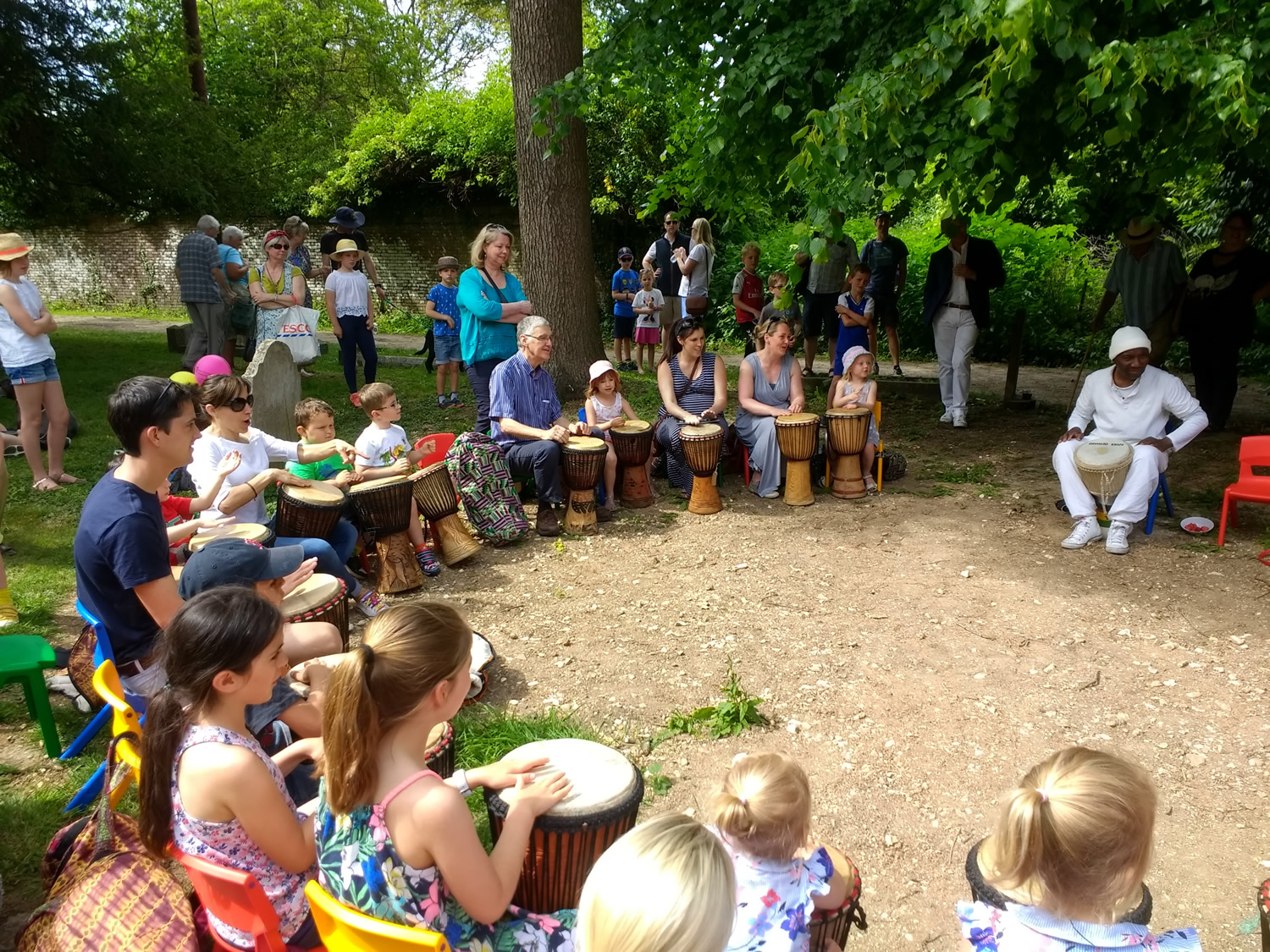
As a CIC, DCH is legally bound to spend money for “community benefit.” However, without Clause 7 that FODC/DCH sub-license provides, there is no guarantee that funds will support the very building in which they are generated.
DCH has now requested 100% of café profits with no guaranteed rent or contribution towards our commitments, thus removing FODC’s role. This would mean:
This risks breaching commitments FODC made to donors, funders, the PCC, and the Charity Commission. Under England and Wales law, FODC could face legal action for up to 12 years if it abandons those commitments.
FODC has spent over a year and more than 1,000 volunteer hours dealing with this situation and negotiating with DCH to return to the proven framework. Unfortunately, flexibility has turned into liability: what began as a practical arrangement for DCH to act as the commercial arm has become a demand for unilateral control.
FODC has therefore concluded that clearer boundaries are needed. A new volunteer-led entity has been proposed to run the café, our preliminary proposal will be:
And our preliminary profits distribution honouring our commitments of Community, Heritage and Church Building (a commitment we took investment and donations against) would be roughly as follows:
Therefore each of our commitments would receive 33% each. This model strengthens community impact: in fact, 33% is more that was given to Community in the most successful grant year (2023–24). It also guarantees the long-term protection of Droxford’s church building while sustaining charitable giving.
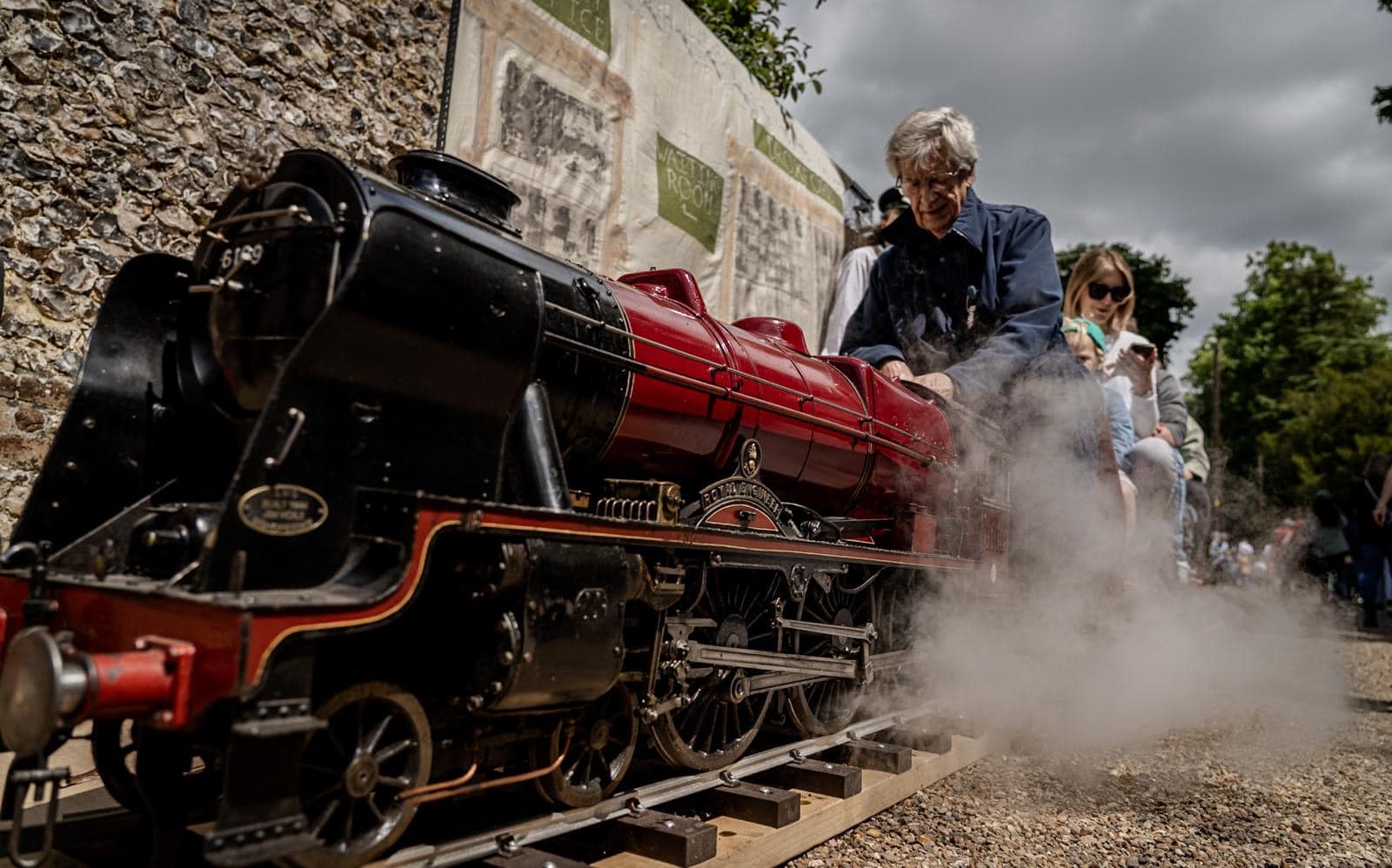

Licences are not mere formalities, they are the safeguards that protect the integrity of our building, our community, and our heritage.
Without them, the very purpose for which FODC was founded, saving and sustaining St Mary & All Saints Church, would be at risk.
By adhering to the licences, FODC honours its legal, moral, and ethical obligations to donors, regulators, and the village. By creating a new entity, we can ensure that Wilfrid’s Café continues to serve the community while securing the future of the church building for generations to come.
Written by Ivor Coleman, Designed by David Goodman